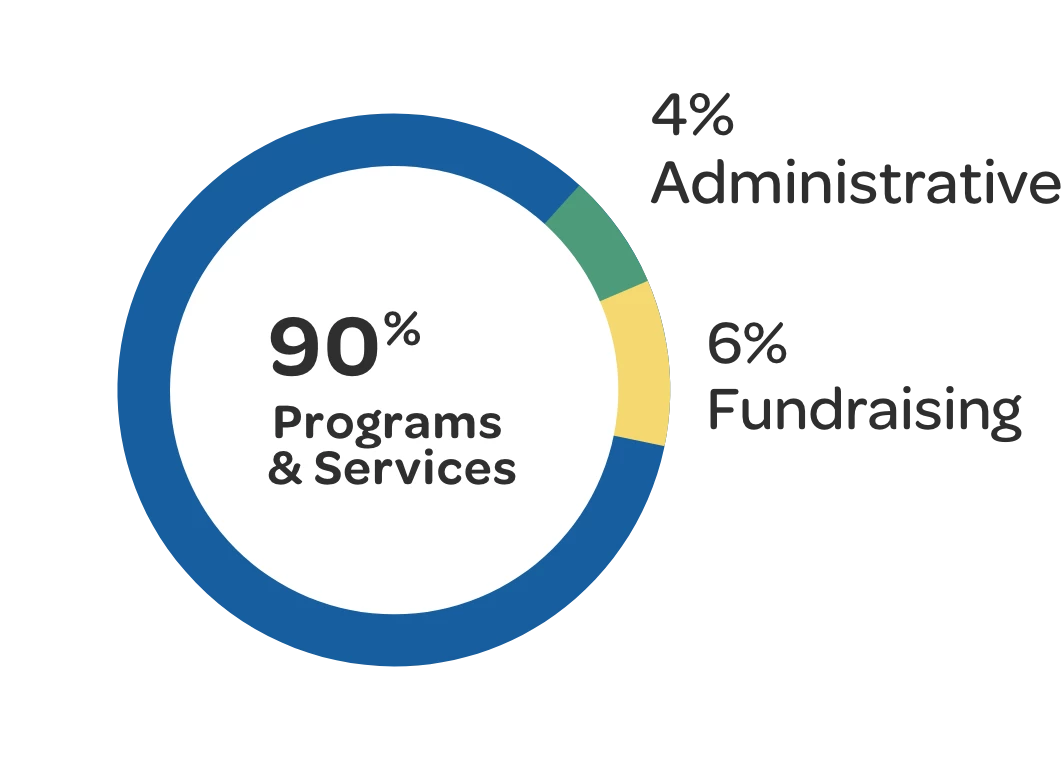The Quick Answer
No. Zakat Al-Mal, the Obligatory Yearly Zakat on Wealth, generally cannot be paid in food equivalence, per se.
Yes. Zakat Al-Fitr can be paid in specified food staples, as that is its original form.
The General Rules on Types of Zakat
There are two kinds of Zakat, or obligatory annual charitable almsgiving:
(i) Zakat Al-Mal – The Obligatory Yearly Charity Due on Wealth
(ii) Zakat Al-Fitr – The Obligatory Yearly Charity Due on the Breaking of the Month-Long Fast of Ramadan
The key distinction is in the difference of the italicized prepositional phrases for each of the two types of Zakat.
There is a basic difference between what Zakat comes due on for Zakat Al-Mal and Zakat Al-Fitr:
zakat al-mal means the zakat is on the wealth
This is a mandatory charity due on the mal (wealth) itself that is subject to Zakat according to Revelation (wahy). That is, the Zakat alms is owed on the kind of asset the Muslim possesses above a specified threshold of abundance (nisab) at a defined time and rate to purify that wealth.
In other words, the Zakat is triggered by, and therefore due from, the particular zakatable wealth. The individual believer who holds that wealth is, in this sense, secondary, as possessing the wealth itself is the cause of a Zakat payment coming due on that mal.
Once we grasp this underlying concept, much of our confusion about Zakat Al-Mal and its payment disappears.
zakat al-fitr means the zakat is on each witness to ramadan’s fast by its end
This is a mandatory charity due on each individual Muslim blessed to witness the coming of the fasting month of Ramadan, and the month’s completion causes its payment to come due on every believer.
Being a Muslim in the time of Ramadan is what occasions its due Zakat payment and it purifies the person’s common fasting imperfections and Ramadan deficiencies.
Hence, it is the wealth that Zakat is due on in Zakat Al-Mal, which is why it is named The Wealth Zakat or Alms, and it is the Muslim individual witness to the fast of Ramadan him- or herself in that month that Zakat Al-Fitr is due on for the celebration of the Fast-Breaking of its month-long obedience in worship.
The General Rules on Types of Zakat Payments
The basic rule for Zakat payments is that they are made from the type of wealth they come due on or its bottom-line equivalent valuation.
For Zakat Al-Fitr, the Alms of Fast-Breaking, we pay it in food because that is the blessed kind of provision we break our fast on. Today, scholars almost universally agree that you can pay Zakat Al-Fitr in money that the poor and needful can convert into food of their choosing for their Eid Al-Fitr family celebrations. You can read about the details of this in What Is Zakat Al-Fitr, the Special Ramadan Zakat?
For Zakat Al-Mal, the basic rule is Zakat is paid out from the kinds of private, solely owned wealth a specified Zakat comes due on – money for money, livestock for livestock, and crops or produce from the harvest of crops or produce.
This includes all the basic kinds of assets not required for personal use but rather wealth that grows or produces or that can potentially increase if used. Added to this list of Zakatable wealth-types are treasure troves (discovered hidden treasures) and minerals from the earth (or, now, from other celestial bodies and the like. “Unobtanium” from the planet Pandora in the fictional movie Avatar would have been zakatable for the Muslims that obtained it.)
So, can Zakat be paid in food?
Zakat Al-Fitr can certainly be paid in food-types, as that is its original form. Again, you can read about this in detail here.
Zakat Al-Mal is generally paid “in-kind” from the zakatable wealth-type it comes due on.
The basic Zakatable wealth-types grow or can, potentially. The Prophet, on him be peace, established the kinds of wealth one owns that are eligible for Zakat and the rates of their Zakat payments. This is Revelation. There are five general types:
(1) Personal, (2) Business, (3) Agricultural Produce, (4) Livestock, and (5) Discovered or Prospected Treasures.
Three types have subcategories:
Business: trade goods, exploited assets
Crops: irrigated, non-irrigated
Treasures: windfalls, natural resources
Note: Personal Wealth is comprehensive, including all possible investments and earnings: income, savings, stocks, bonds, insurances, real estate, retirement accounts, dividends, earnings, etc.
Here’s a quick summary of these types and the related forms of their zakat payments:
Livestock – camels paid in-kind at a rate of 1 per 5; cattle (including cows paid in-kind at a rate of 1 per 30; and sheep and goats paid in-kind at the rate of 1 per 40, all rates set by the Prophet, on him be peace. (Free-pastured horses kept for breeding are generally considered a business wealth. Most other horses for use are Zakat-exempt).
Gold and Silver – paid in-kind equivalence (including all monies, metals, and currency-assets that meet gold and silver’s Zakat conditions, excepting customary jewelry for women for most jurists, but not the Hanafis. Read Is There Zakat on Jewelry?) See also (How Is Zakat Calculated on Wealth-Types?)
Business Goods – paid in currency valuation (trade yields, trade goods, exploited assets, including rentals. Read more on this here: (How Is Zakat Calculated on Wealth-Types? and here: Is Zakat Owed on Rental Property?).
Crops and produce – paid in-kind at the time of harvest at a rate of 10% for what is naturally watered and 5% for what is irrigated at the farmer’s expense.
Treasure Troves and Minerals – paid in currency valuation at the time of discovery or extraction at a rate of 20%. (This is the majority jurist position regarding minerals).
Here is a summary table of Zakat kinds, their Zakat thresholds (and therefore their payment forms), and their Zakat rates:








